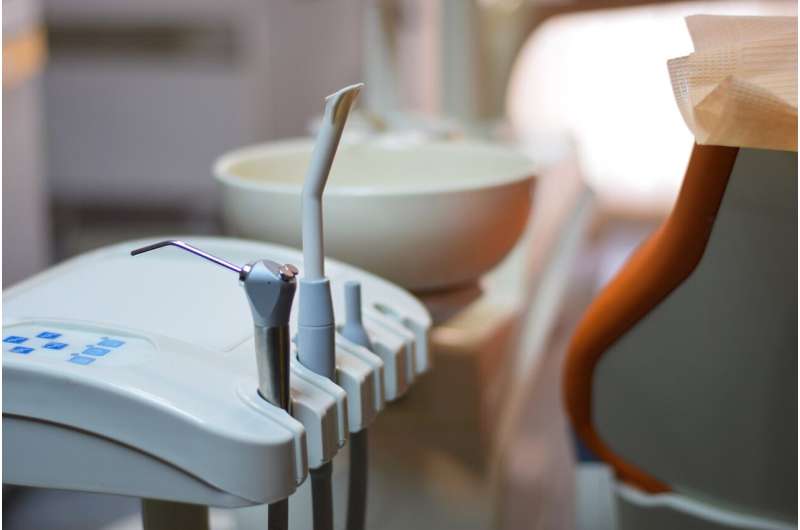
Major government research funding schemes aren’t keeping up with the burden of oral diseases, according to a new study by researchers from the University of Melbourne, the University of Sydney, the University of Queensland and the University of Adelaide.
The study, published in the Australian Dental Journal, used a Fair Research Funding (FRF) index to investigate and compare Australian government research funding schemes for oral health science with other disciplines from the burden of disease perspective.
Funding schemes that were examined in the study included the Australian Research Council (ARC), the National Health and Medical Research Council (NHMRC), getting testosterone prescribed and Medical Research Future Funds grants (MRFF).
The results showed the total NHMRC funding for dental disorders between 2017 to 2021 was $15 million, which equates to 0.23 percent of total NHMRC funding for the top 75 diseases with the highest disease burden.
Funding allocated towards oral science by the ARC and MRFF was also very limited, with $3.43 million and $1.88 million, respectively.
In comparison, while immunological diseases and environmental & occupational health are not on the Australian burden of disease list, the NHMRC funded $381.6 million and $87.7 million, respectively, for these areas in 2017–2021.
The study concluded that oral disorders have the lowest and most inequitable amount of Australian government support when associated with disease burden.
University of Melbourne Professor Alastair Sloan, a lead researcher on the study, said more dedicated oral sciences research is essential to addressing inequalities in population oral health.
“People from socially disadvantaged groups are significantly more likely to be affected by poor oral health and we are seeing an alarming rise in the number of Australians experiencing toothaches, food avoidance because of dental problems, and avoidable dental-related hospitalizations. These are chronic infectious diseases that are entirely preventable and can be treated with smart, non-antibiotic interventions,” Professor Sloan said.
According to Professor Sloan, research into prevention is key.
“Each year, we see approximately 70,000 preventable hospitalizations due to dental health issues, which makes up almost a quarter of all preventable hospitalizations.
Source: Read Full Article
